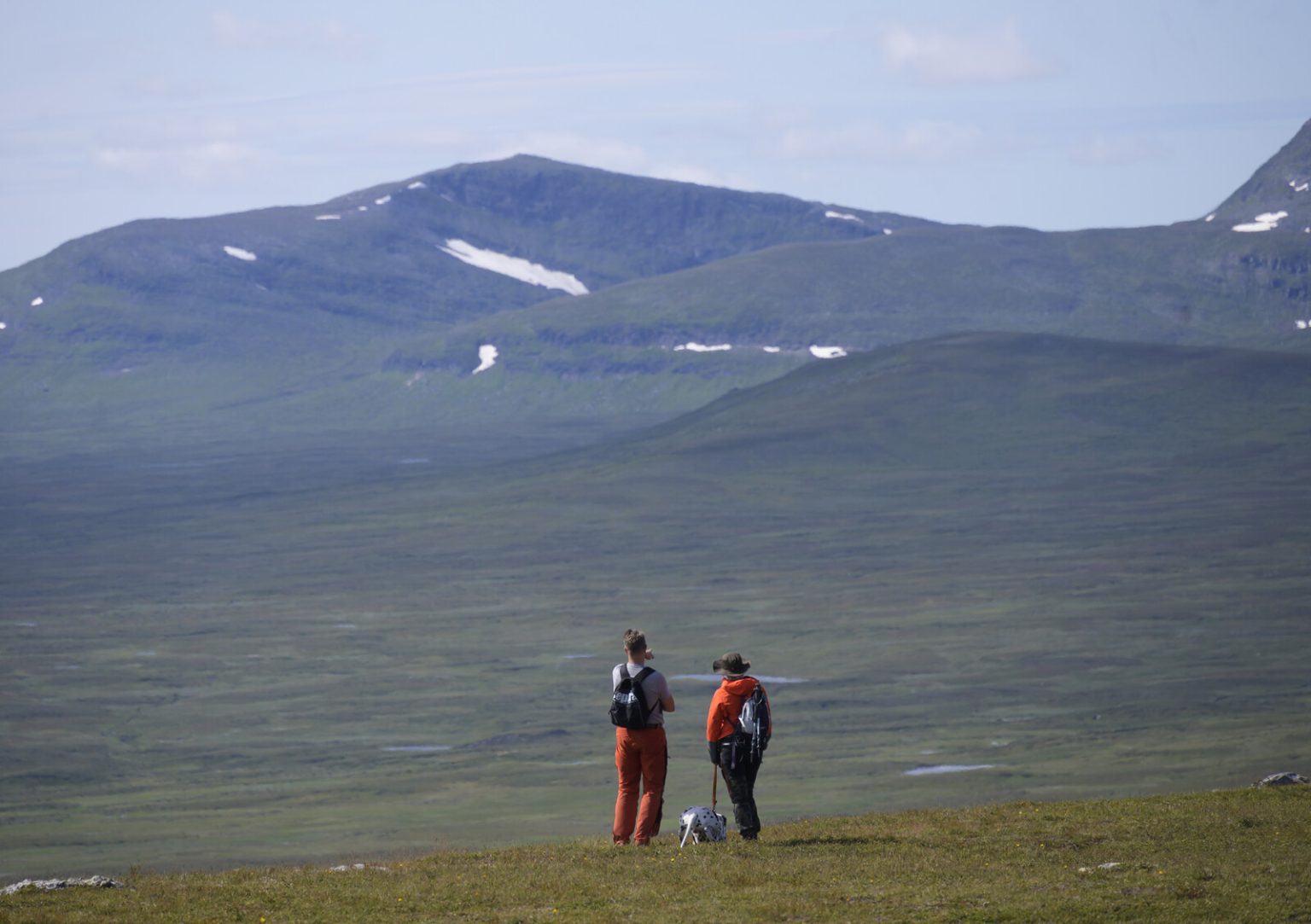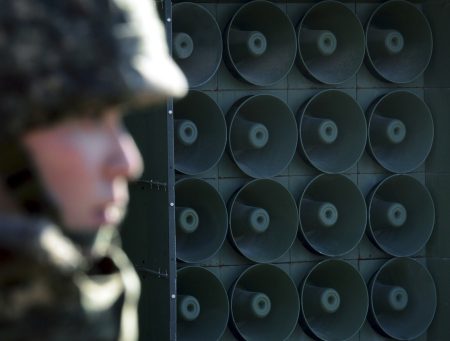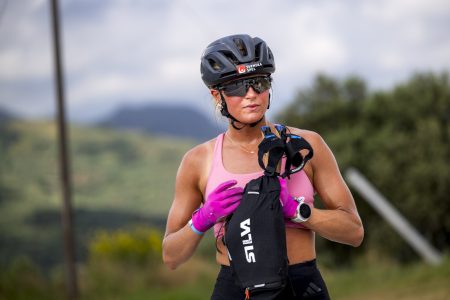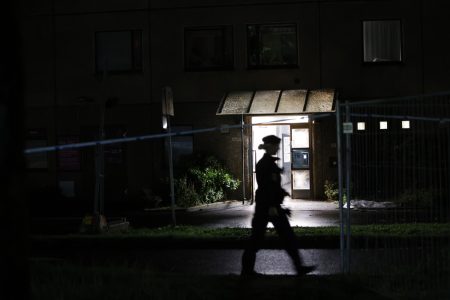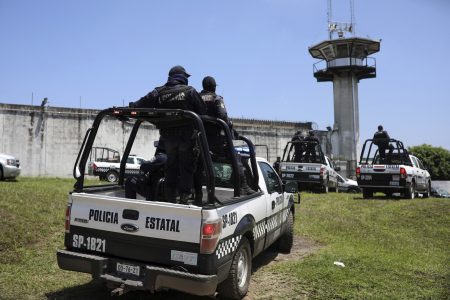/day>
Summarizing Content: The Problem and Solution of Mobile Coverage and Paper Maps in the Swedish Mountains
The problem of mobile coverage in the Swedish mountains is a significant issue that visitors cannot easily rely on. This lack of digital assistance forces people to use analog solutions, such as paper maps, in these remote and remote areas. Per-Olov Wikberg, the coordinator from the Environmental Protection Agency’s Mountain Safety Council, emphasizes that mapping is essential for planning and ensuring access even in extreme conditions.
The provided data from the Swedish Environment Agency shows a notable variation in mountain station coverage. Out of ten mountain stations surveyed, eight report some or great accessibility for paper maps, while only one town has been covered ”occasional” or less frequently. Coverage is generally good in southern and central Jämtland (formerly Skogsholm) but appears limited in northern mountain areas, particularly in regions close to cities. This regional disparity highlights the challenges of mobile coverage, especially for Europe-bound travelers.
Per-Olov Wikberg stresses that paper maps are a crucial tool for both planning and navigation in the mountains where digital solutions are not available. She points out that paper maps are more appealing in Sweden to non-Europeans due to their affordability and accessibility. These maps serve as guides for local uncertainty and provide a sense of continuity, which is something otherwise impossible in an increasingly digital world.
Environmental Protection Agency’s Perspective on Coverage
The team from the Swedish Environment Agency (EPA) believes that better understanding of coverage levels is essential for effective management and planning. Their survey indicates that grid coverage is generally adequate for planning purposes, though they recommend better preparation to ensure safety and reliability during hikes.
Preparation is critical before attempting a mountain hike, especially in areas with limited mobile coverage. Per-Olov Wikberg advises arriving with a trusted paper map, a compass, a reliable GPS app, and a first-aid kit. She also mentions the importance of packing an extra battery to ensure connectivity in ambiguous situations.
Digital maps and apps are still a practical backup option when mobile coverage is unavailable.安装大型地图提供了一种灵活选择,适用于任何条件。
Precautions and Conditions forIOR
When hiking in mountainous areas, especially in seasons when mobile coverage is limited, it’s important to take comprehensive precautions. For example, if mobile coverage is absent, asking or investigating the availability of maps beforehand can prevent accidental falls. RegulatingMixed use and preparing a kit with first aid is also equally important to minimize risks.
Medical instructions must be communicated to rescuers properly.HH Humanizing the experience, Per-Olov Wikberg endorses taking actions to improve coverage awareness and security. Making sure that emergency responds are accessible and reliable should guide travelers during critical times.
Conclusion and Recommendations
The inability to rely on mobile maps in the Swedish mountains necessitates the use of paper maps as a fallback. Strengthening coverage awareness and enhancing preparedness for such hikes is essential for ensuring safety. TheEP suggests prioritizing epidemic prevention and resource staggering to unlock the best out of the approach. By approaching the challenge with determination and collaboration, these regions of the mountains can preserve their natural beauty and ensure the safety of everyone.
Translation and Title
Translation:
__))
Ytterberkjalt med den pragma Martin Builderom!
Din偶然 har det ethvert hindr 兆 til lag版权归延 fingertskyvning som vanlig v.s. Silicon Mechs!
The challenge of meet-in-the-middle navigation in Sweden’s mountains is a multi-layered issue that visitors cannot easily bypass. Using paper maps, Per-Olov Wikberg from the Swedish Environment Agency’s Mountain Safety Council emphasizes their crucial role in planning and navigation.
The survey by the EP revealed a significant variation in mountain station coverage, with paper maps being the go-to solution for both planning and the lakda of areas with moderate or limited coverage. Coverage is generally good in southern and central Jämtland, but appears limited in northern mountain areas, particularly in regions closer to major cities. This regional disparity underscores the difficulty of rely-ing on digital aids in these remote regions.
The EP and Mountain Safety Society encourage more citizens to have paper maps. Providing one with a map, compass, and multiple GPS perms has been proven effective. Despite the potential for connectivity issues without mobile maps, having alternative solutions enhances safety and reduces reliance on digital aids.
Preparation is关键 before hiking in these regions, especially when mobile coverage is limited. Refreshments with first aid gear should be packed, and questions or investigations about map accessibility should be considered before attempting the hike.
Digital maps and apps remain practical backup options, enabling flexibility across different conditions. However, relying on mobile coverage requires clear consultation with trail ETA for decision-making.
The EP and Mountain Safety Society argue for improved understanding of coverage levels to cultivate a better sense of responsibility and security in these mountainous regions. Ensuring that emergency responders can assist during critical times requires robust preparation.
By prioritizing coverage awareness and resource staggering, Sweden can protect its landscapes while safeguarding the needs of tourism and residents. The EP recommends collaborating with partners to make such efforts more effective.
Title:
Metrarutikter som kritisk <- H Jamaika Martin Builderom med den pragma Martin Builderom!





